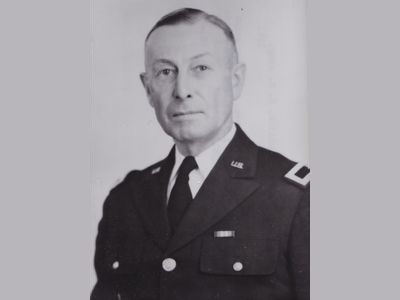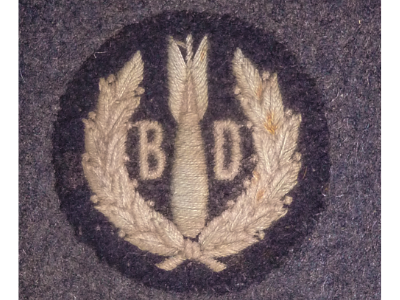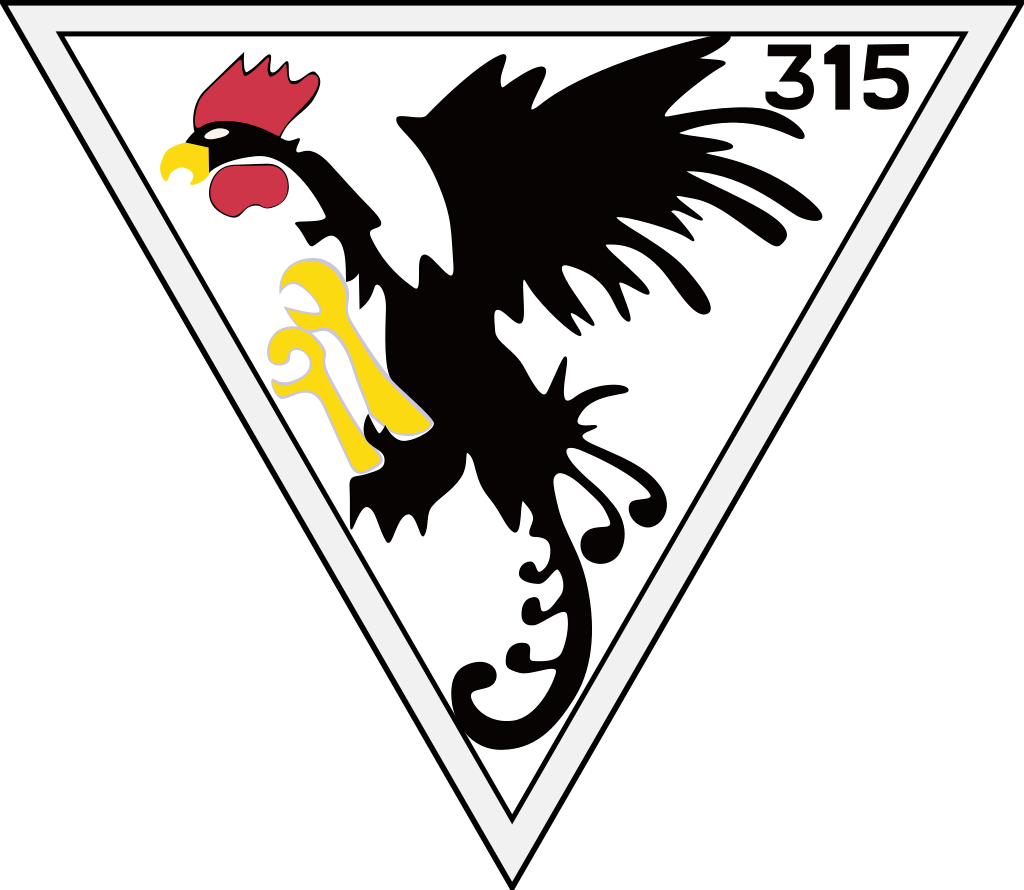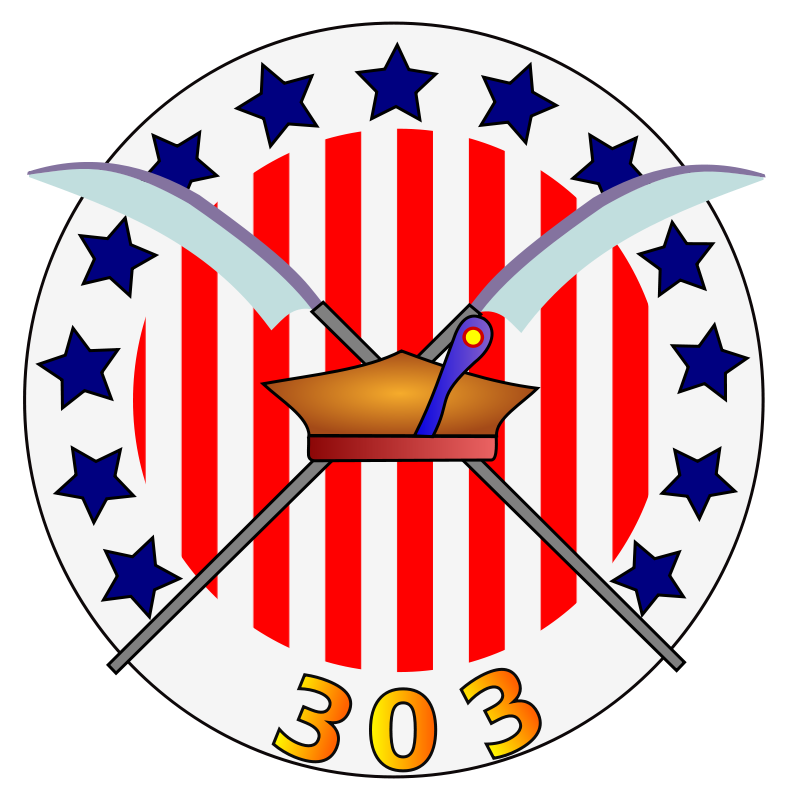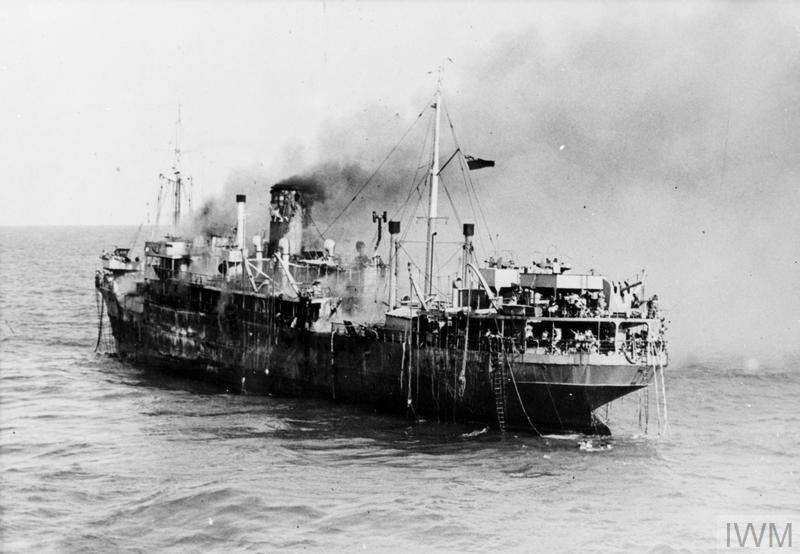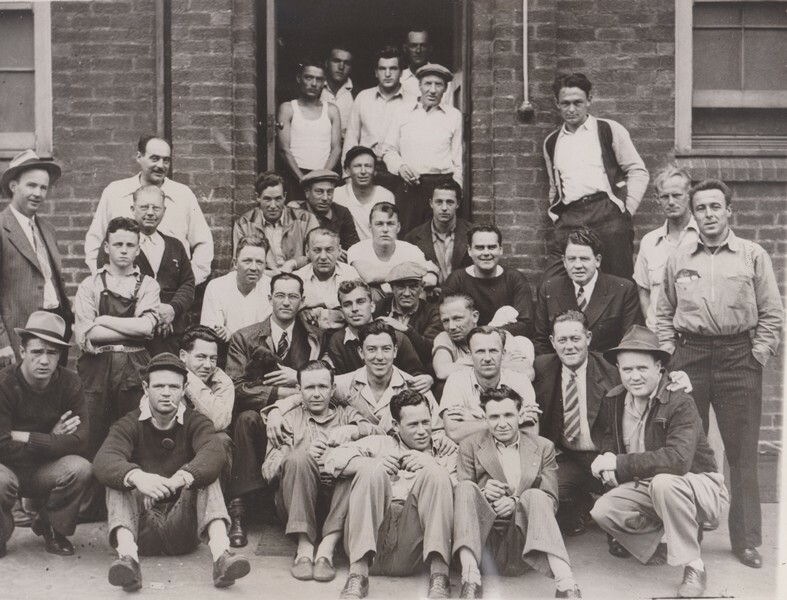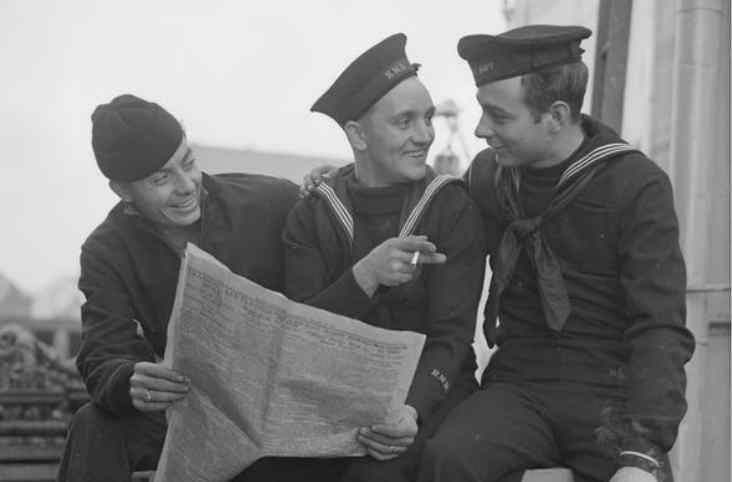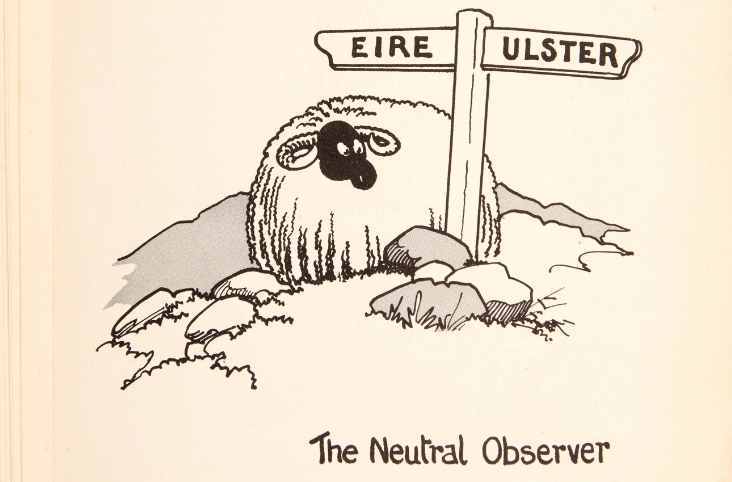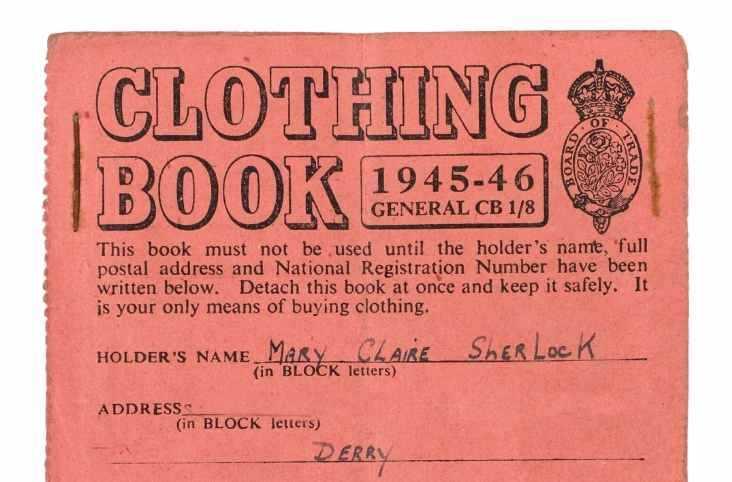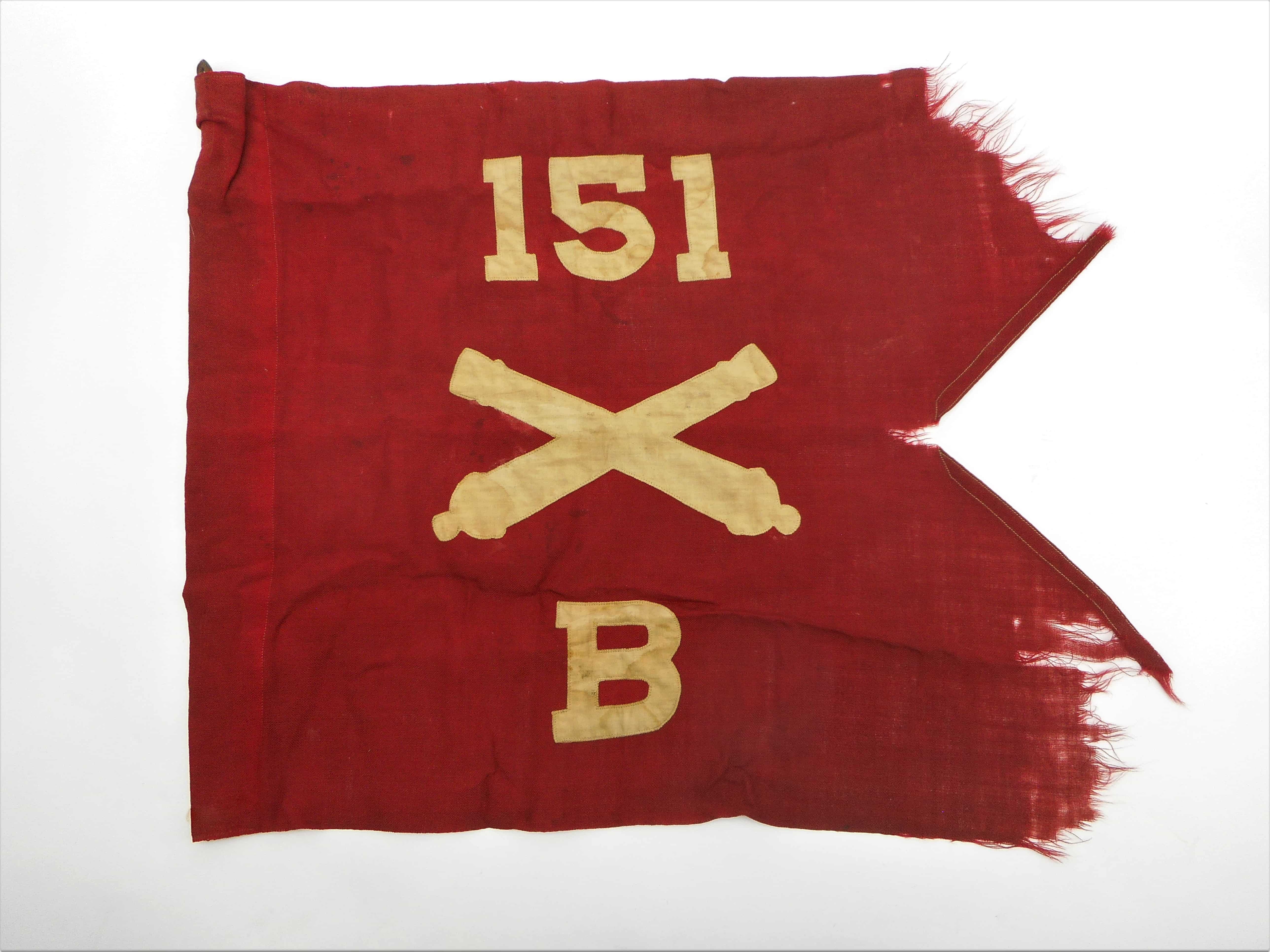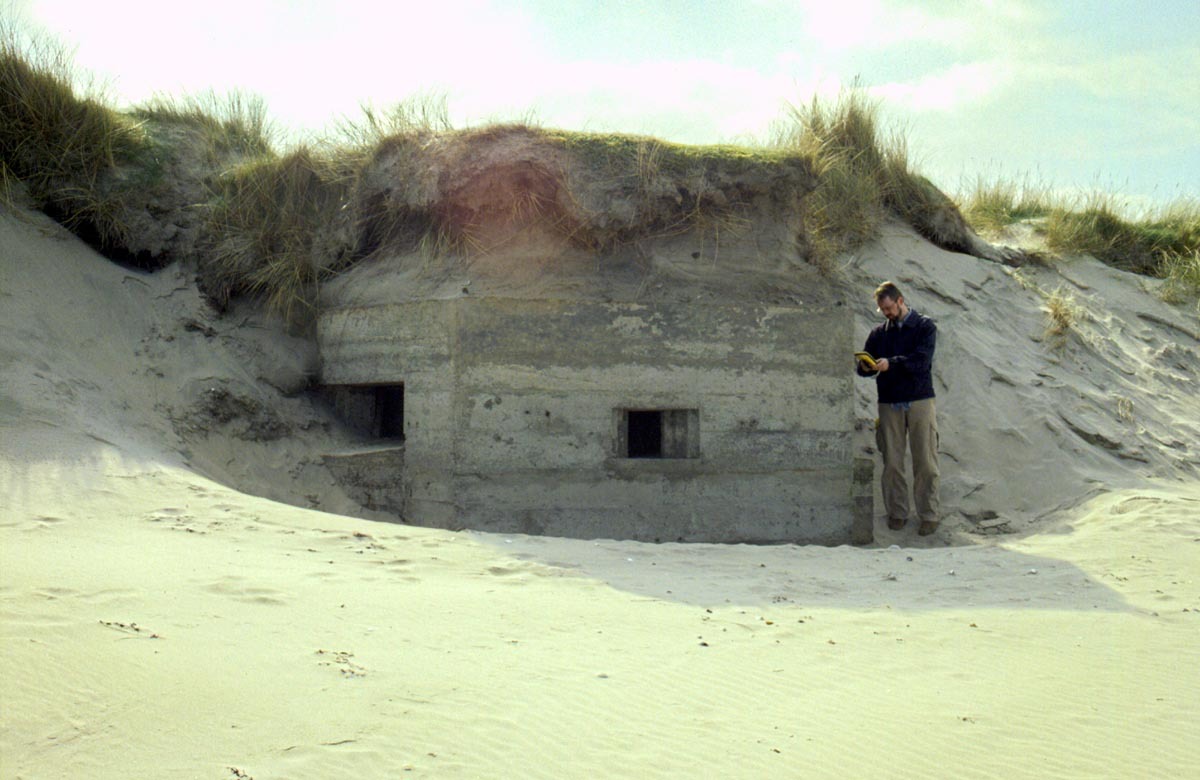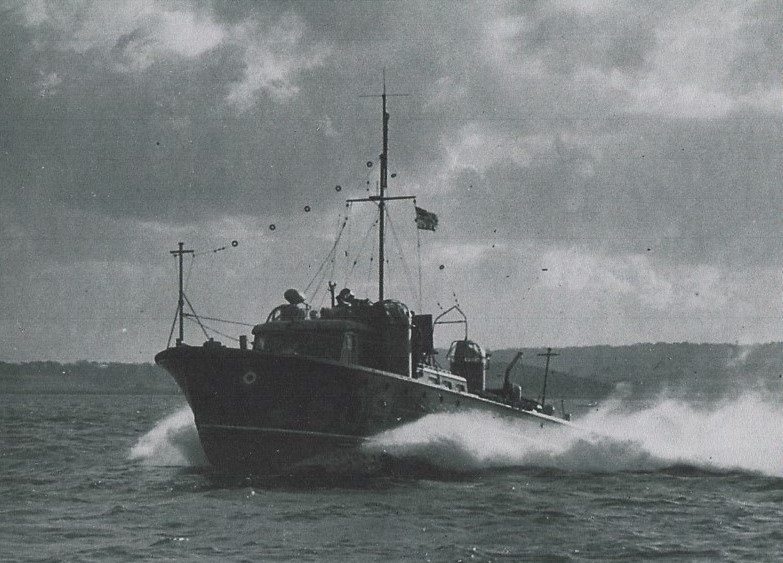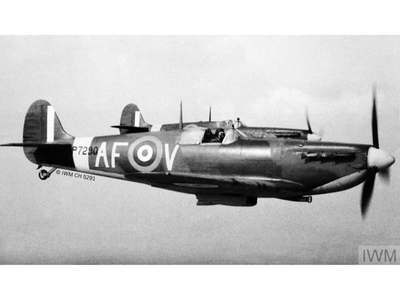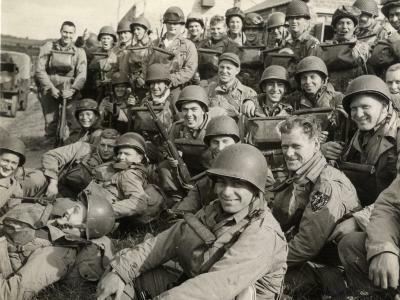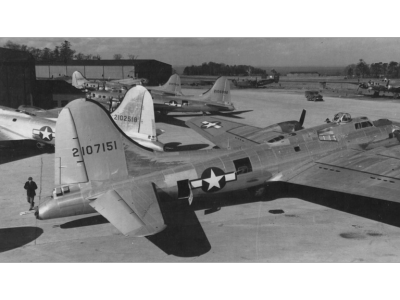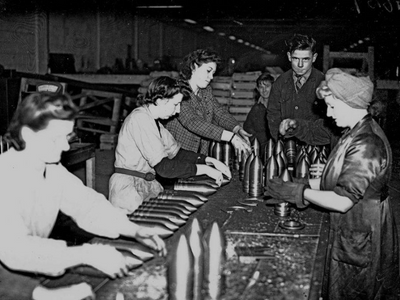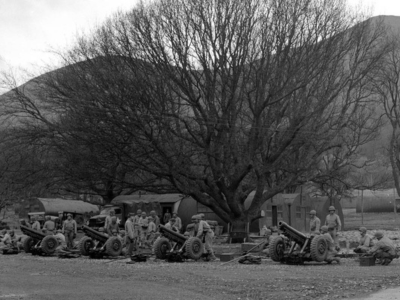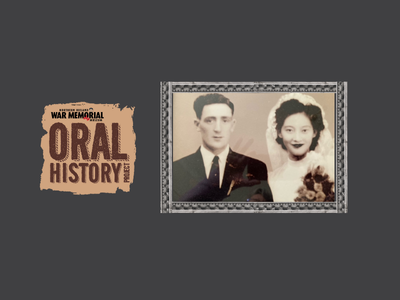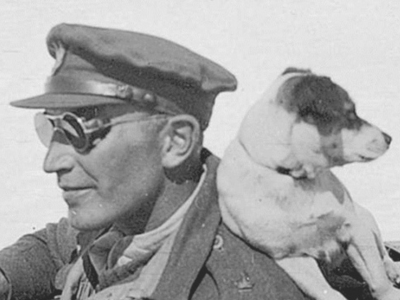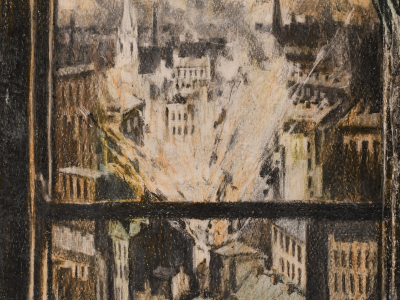Blog
Field Hospital Training for U.S. Medical Battalions in Northern Ireland
My father, Don Hickman, was a young man from a farm in the US midwestern state of Iowa when he joined he Army in 1941 at age 23. Never having travelled far from home, his unit, the 109th Medical Battalion, was shipped to Northern Ireland in March of 1942 for advance training in field hospital operations in preparation for combat in North Africa and Italy. The USS Fuller, carrying the 109th, landed at the Belfast Docks on 2 March 1942.
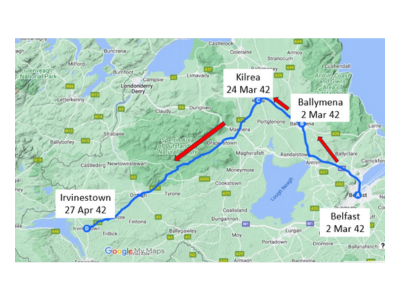
Classroom Study in Ballymena
The troops of the US 109th Medical Battalion began walking down the gangplank of the Fuller at 15:45 and then boarded passenger trains at York Road Railway Station at 16:30. Clearing Company (field hospital) D detrained in the town of Ballymena, Co. Antrim, 26 miles from Belfast. At the same time, Collecting Companies (ambulance) A, B and C and Headquarters travelled 14 miles further to Kilrea, Co. Londonderry.
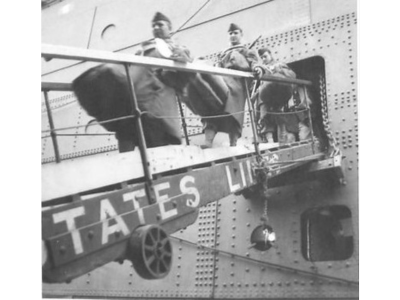
Company D stayed in Ballymena for 22 days, "attending classes" at St. Patrick's Barracks on Demesne Avenue, where they were quartered. The Waveney Hospital on Cushendall Road may have been an additional training site.
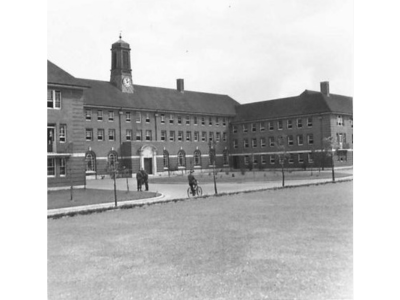
Preparing a Field Hospital in Kilrea
On 24 March, Clearing Company D joined Collecting Companies A, B and C in the town of Kilrea to operate Casualty Clearing Station #19, which had previously been under British command. This field hospital was located in the former St. Anne's Mercy Convent. The Sisters of Mercy has purchased the Manor House in Kilrea in 1925, created St. Anne's Mercy Convent, and used the building to operate a primary school for girls. In 1942, the British requisitioned the convent for the US Army.
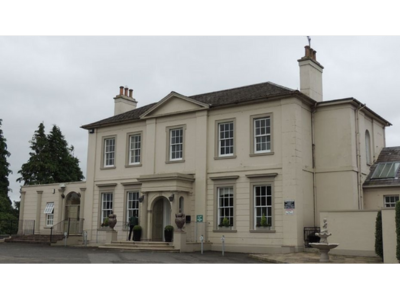
Operating rooms were in the main convent building, while patient wards and barracks occupied the Nissen huts built in the surrounding grounds.
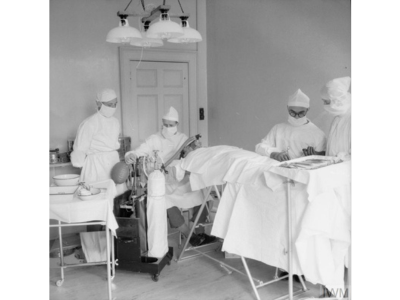
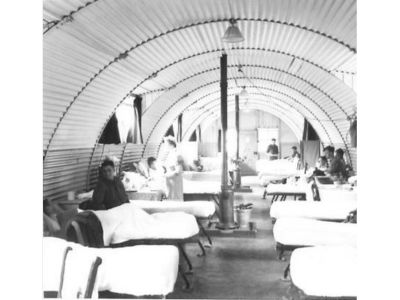
On 29 March, five days after arriving in Kilrea, Company D packed up their barracks bags and returned to Ballymena to attend Hygiene School for a week in the Sandhurst Block of St. Patrick's Barracks. British officers taught classes from 09:00 - 11:00 and 14:00 - 16:00. In Ballymena, soldiers also learned truck maintenance and how to purify water.
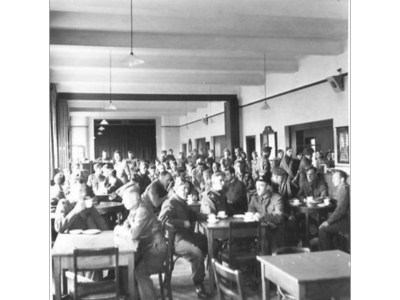
Company D finished its week of classes at the Hygiene School in Ballymena on Sunday 5 April, and moved back to Kilrea on Monday 6 April.
On 20 April, Don's enlarged tonsils couldn't be ignored any longer and were removed by an Army doctor in the field hospital at St. Anne's Mercy Convent in Kilrea.
Honing their Field Hospital Skills in Irvinestown
Collecting Company D was then assigned to assume operations of a 500-bed hospital one mile south of Irvinestown.
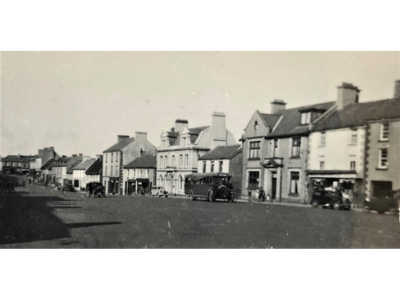
They left Kilrea on 27 April 1942. This hospital was on the grounds of Castle Irvine, also known as Necarne Castle and the 28th Station Hospital by the British. The hospital barracks comprised over 50 Quonset or Nissen huts built by the US Navy. The camp's barracks, located throughout the Necarne Estate, were called "Camp Clarion" by the US Army.
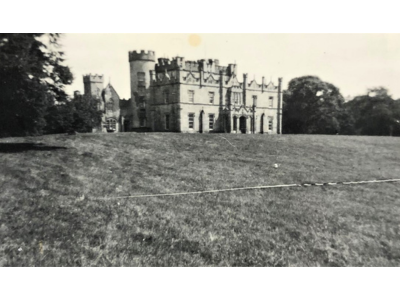
Clearing Company D had a variety of assignments at the camp at Castle Irvine. They worked in the laboratory, in the hospital ward and at water purification detail, drove to Belfast to get medical supplies, and maintained their 6x6 "deuce and a half" troop transport trucks. Troops of Clearing Company D stayed busy passing meds in the field hospital's wards in June. They also worked in the pharmacy. As my dad recorded in his diary, the camp showed movies in the evenings for the soldiers, like Flight Command and Down Went McGinty.
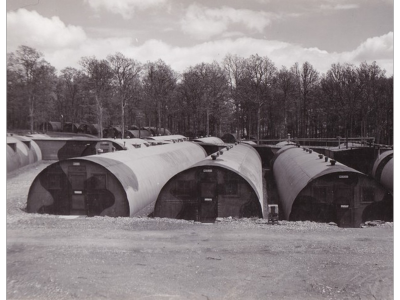
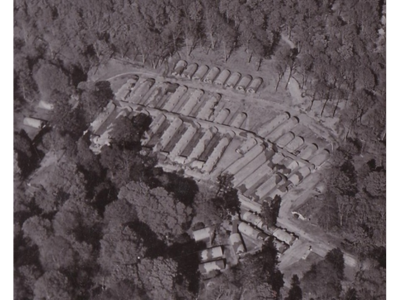
On 1 June, Collecting Companies A and B and the Headquarters of the 109th moved from Kilrea to Camp Breandrum in Enniskillen, County Fermanagh, while Clearing Company D remained at Castle Irvine and Camp Clarion to operate the field hospital. The 1st and 2nd Platoons of Company D rotated their schedule, working in the field hospital one week and training the next.
On 25 June, King George VI and Queen Elizabeth of England reviewed the 34th Division troops stationed in Northern Ireland.
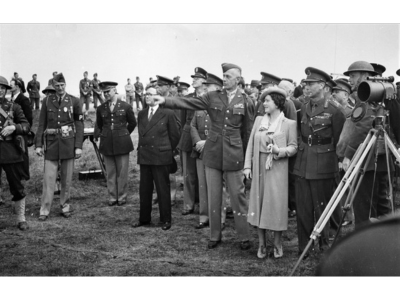
In their leisure time, troops played cards and watched movies in the evening, like Blackmail and Hullabaloo. On 9 August, the company watched a movie inside an air raid shelter.
On 21 August 1942, the unit left camp for Larne, Co. Antrim, where they loaded their trucks onto barges, crossed the North Channel and docked at Stranraer, Scotland. Once in Scotland, they received training in amphibious assault landings, before sailing for North Africa on 29 October, landing in Algiers, near Sidi Ferruch (modern-day Sidi Fredi) on 8 November. They participated in the North Africa campaign, which led to the defeat of Axis forces in Africa. The 109th saw further action in the Italian campaign in Italy from September 1943 to the end of the war in May 1945. Following VE Day on 8 May 1945, the 109th Medical Battalion sailed for home on 20 July 1945. Like many US soldiers in the Second World War, Don's first overseas war experience was in Northern Ireland.
About the author
David Hickman is retired and lives in Johnston, Iowa, U.S. His father, Don Hickman, was a surgical technician and troop transport truck driver in the 2nd platoon of Company D, U.S. 109th Medical Battalion, 34th Infantry Division. Don kept a diary throughout his four years in the Army, and it is the basis for the story.
